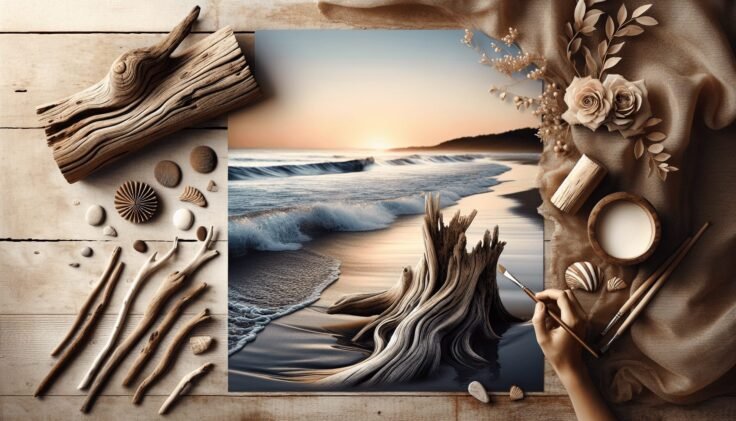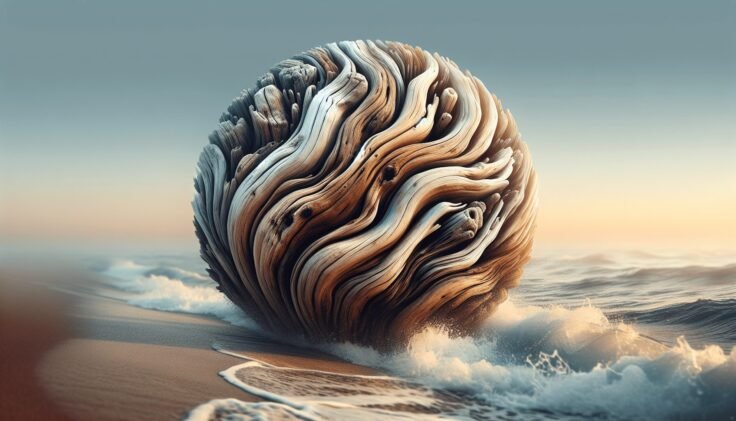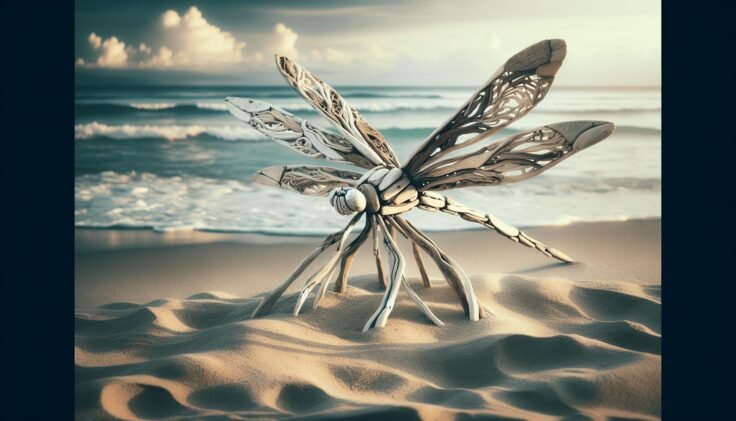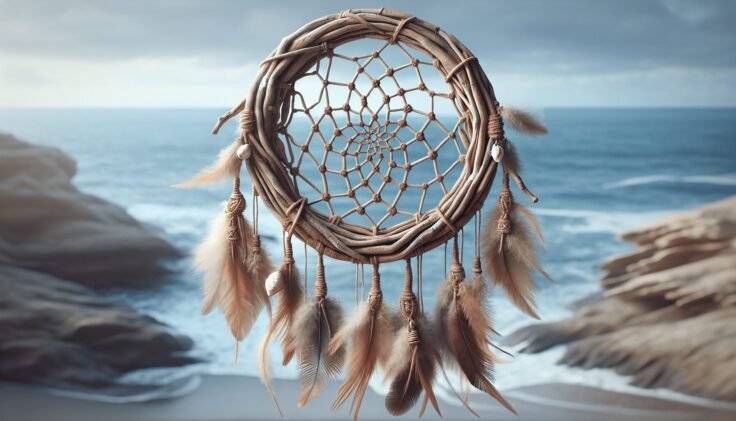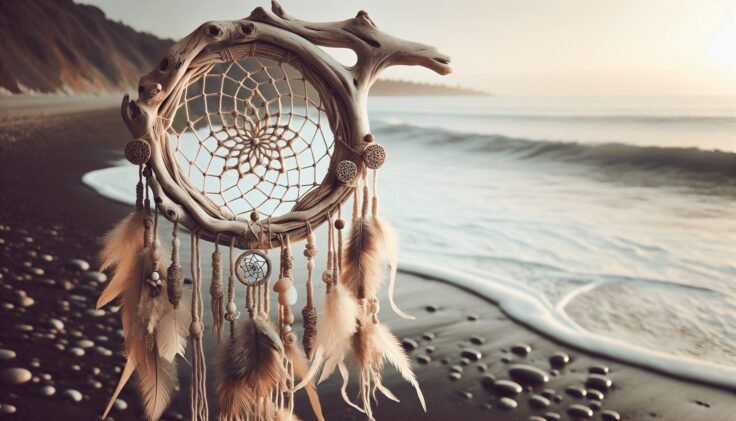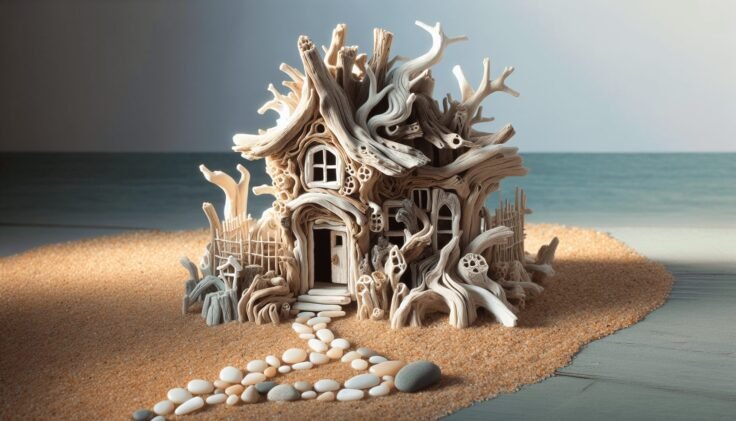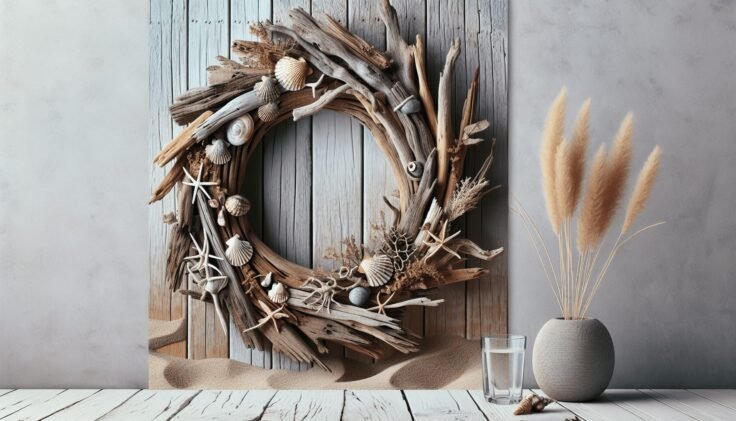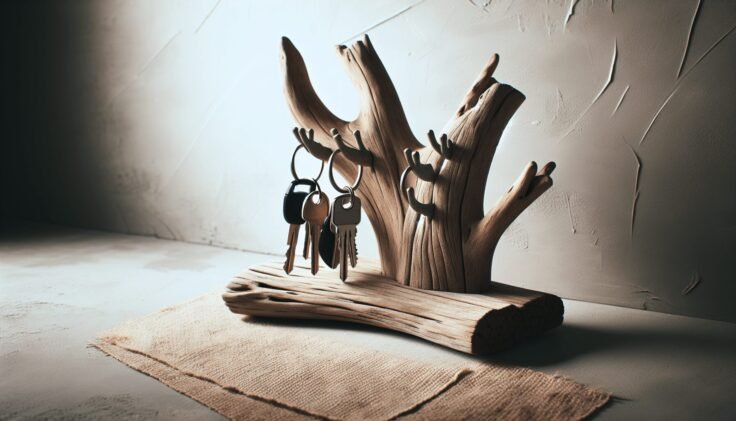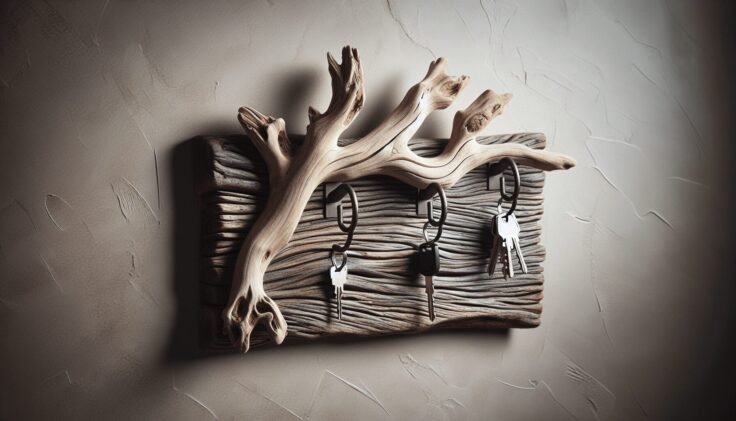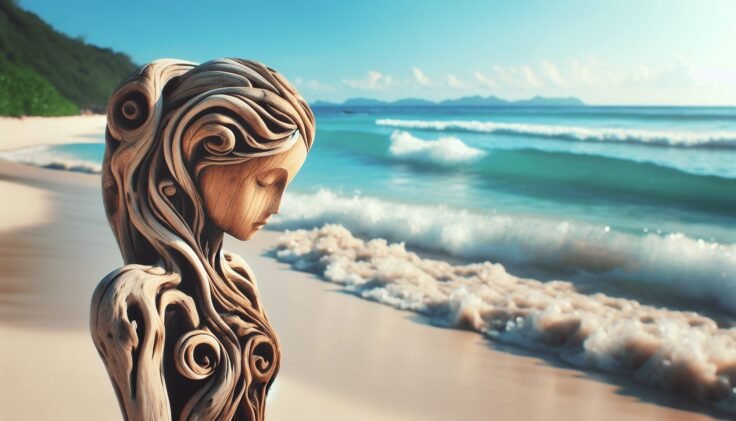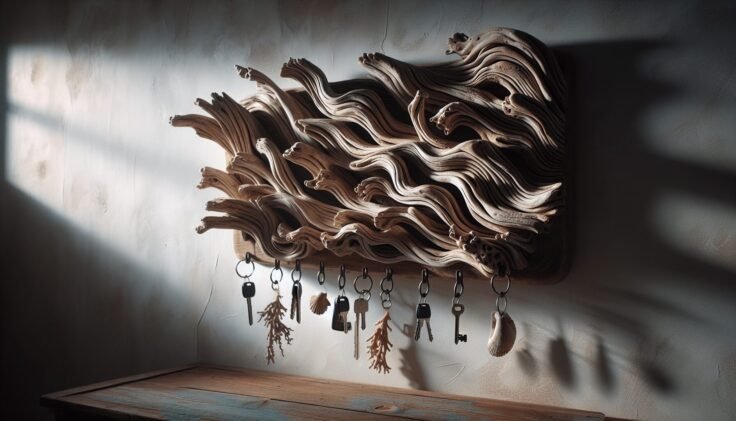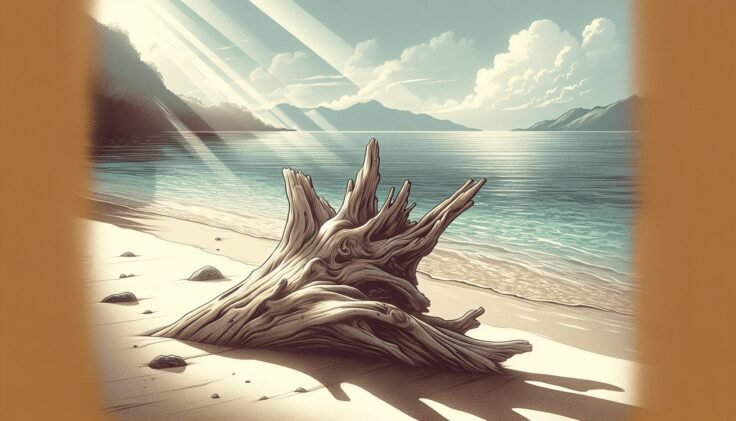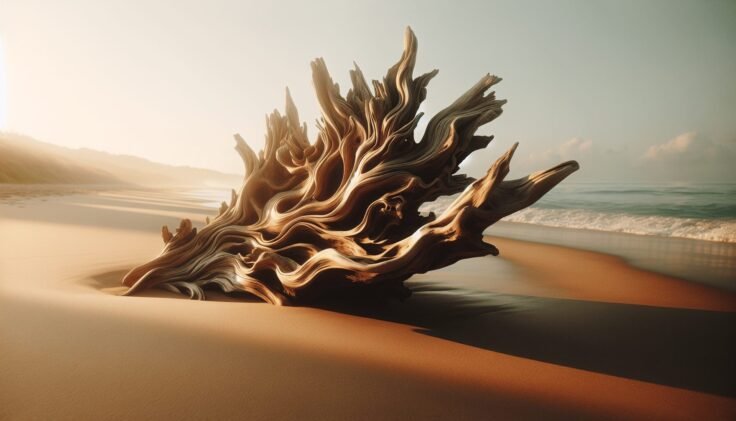Have you ever thought of bringing a piece of the coastline into your home for the holidays? Crafting your own driftwood Christmas tree can be a wonderful, sustainable way to add a unique and personal touch to your festive decor. This guide will walk you through the process of creating a DIY driftwood Christmas tree, offering tips and suggestions along the way to make it a fun and rewarding experience.
Understanding the Charm of Driftwood
Driftwood possesses a unique beauty, shaped and weathered by nature. Each piece is different, having floated in the ocean and washed ashore, carrying with it stories of the sea. Using driftwood in your Christmas tree project brings a rustic, coastal vibe into your home, perfect for those who cherish the sea or live by the coastline. It’s also an excellent way to recycle what nature provides, making your holiday season a bit more sustainable.
Why Choose a Driftwood Christmas Tree?
Choosing a driftwood Christmas tree over a traditional one can have numerous benefits. Not only does it give a twist to conventional decor, but it also allows you to create something truly unique. A driftwood tree can fit into any interior design style, from minimalistic to bohemian, and serves as a wonderful conversation starter. Plus, it’s a perfect project for those who enjoy crafting.
Materials You’ll Need
Before starting your project, gather the essential materials. The success of your driftwood Christmas tree depends on your preparation and tools.
- Driftwood Pieces: Collect pieces in varying sizes; the more varied, the more interesting your tree will be.
- Base Stand: Use a sturdy base, such as a tree disc, to anchor your masterpiece.
- Drill and Drill Bits: These will help create holes for securing the driftwood.
- Metal Rod or Wooden Dowel: Essential for stacking the driftwood pieces.
- Sandpaper: Necessary for smoothing any rough edges.
- Optional – Lights and Ornaments: To add a festive finish to your tree.
Gathering and Preparing Driftwood
Crafting a driftwood Christmas tree starts with gathering the wood itself. It’s a pleasurable process that can be an adventure on its own.
Where to Find Driftwood
You can find driftwood along coastlines and riverbanks. If you’re near a beach, spend a day combing the shore. Look for pieces that capture your attention—those with interesting shapes, textures, or colors. Make sure to follow local regulations regarding collecting driftwood.
Cleaning and Preparing Your Driftwood
Once you’ve gathered your driftwood, it’s time to prepare it for use. Cleaning is crucial as it removes sand, salt, and any creatures that may have hitchhiked along.
- Rinse Thoroughly: Use water to rinse off debris and sand.
- Soak in Freshwater: Soak the pieces for a few days in fresh water to remove salt.
- Drying: Lay the driftwood out in the sun, ensuring it’s completely dry before use.
- Sanding: Use sandpaper to smooth any rough spots and edges.
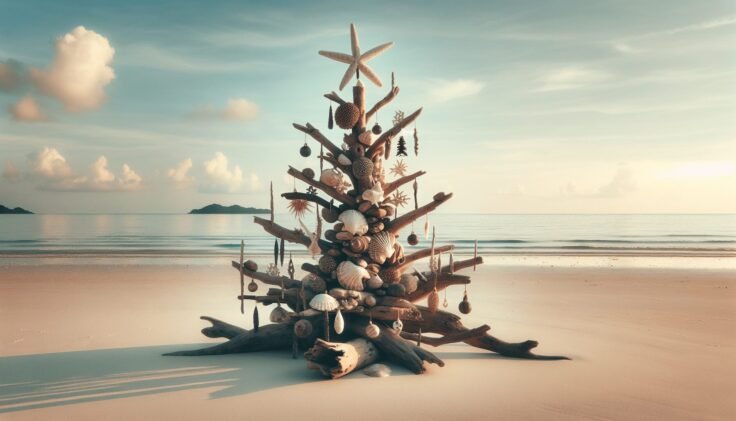
Constructing Your Driftwood Tree
Now that your driftwood is ready, you can begin constructing your tree. This process allows for creativity, so there’s no strict right or wrong way to do it.
Assembling the Base
First, prepare your tree’s foundation. Your base should be sturdy enough to support the weight of the driftwood without tipping.
- Select Your Base Stand: A thick tree disc or a pre-made wooden stand works well.
- Drill a Hole: Drill a center hole in your base for the rod or dowel.
Building the Tree Structure
Building the tree involves stringing your driftwood pieces along a central rod or dowel.
- Drill Holes through Driftwood: Each piece of driftwood should have a hole drilled through its center.
- Arrange by Size: Lay out your driftwood from largest to smallest so you can easily stack from bottom to top.
- Thread the Driftwood: Start threading pieces onto the rod, beginning with the largest. Rotate each piece slightly to mimic a natural, tree-like appearance.
Adding the Finishing Touches
Once your tree structure is complete, it’s time to add festive touches. This is the part where you can truly personalize your creation.
- Lighting: Wrap strands of fairy lights around your tree to illuminate and highlight the natural beauty of the driftwood.
- Ornaments: Keep it simple with a few choice ornaments that complement the rustic, airy feel of the driftwood.
- Star Topper: Consider crowning your tree with a star, made perhaps from intertwined pieces of driftwood or repurposed beach finds.
Caring for Your Driftwood Tree
After the holidays, taking care of your driftwood tree ensures it lasts for many seasons.
Maintenance Tips
- Storage: Store your tree in a dry, cool place to prevent moisture damage or mold.
- Regular Checks: Each year, check for wear and tear, re-sanding rough spots if necessary.
- Re-sealing: Consider using a natural sealant every few years to preserve the wood’s beauty.
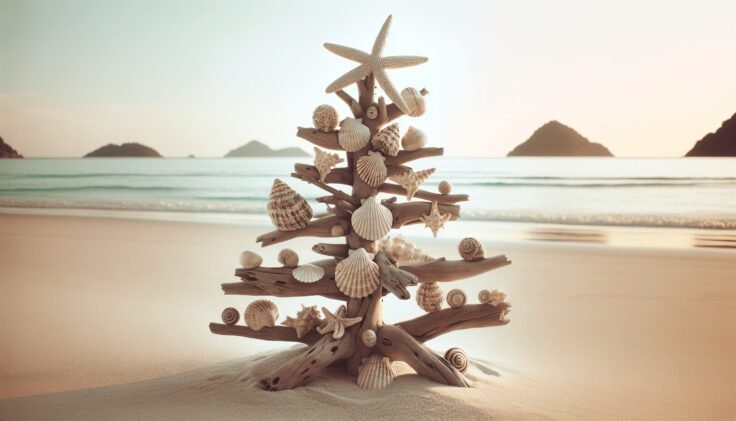
The Eco-Friendly Charm
Crafting a driftwood Christmas tree not only adds aesthetic value but also embraces eco-friendly practices. By using materials offered by nature, you’re reducing reliance on traditional holiday decorations which often use non-recyclable materials.
Environmental Impact
- Sustainable Material Use: Driftwood is a sustainable resource, taking nothing new from the environment.
- Recycling: By creating a tree that can be reused year after year, you’re minimizing waste during the holiday season.
- Reduction in Carbon Footprint: Transport and manufacture of artificial trees contribute significantly to carbon emissions, something you can help reduce with a driftwood alternative.
Getting Creative
Your driftwood Christmas tree project can extend beyond this primary endeavor. Consider crafting additional decor to complement your new creation.
Additional Decor Ideas
- Driftwood Garlands: String smaller pieces together to create a garland with twine.
- Driftwood Wreaths: Form a circular wreath to hang as part of your holiday decorations.
- Beach-themed Ornaments: Create ornaments using shells and small pieces of driftwood.
Expanding Your Crafting Skills
This project can be the start of a newfound love for crafting with natural materials. Challenge yourself to work with other beach finds, perhaps incorporating sea glass, shells, or pebbles into your decor projects.
With a little creativity and some basic tools, you can transform everyday elements from nature into beautiful, unique holiday decorations. Crafting a DIY driftwood Christmas tree is not just about holiday decor but embracing the beauty and sustainability of what the natural world offers. Enjoy every step of the process, from gathering your materials to seeing your final creation take pride of place in your festive celebrations.
